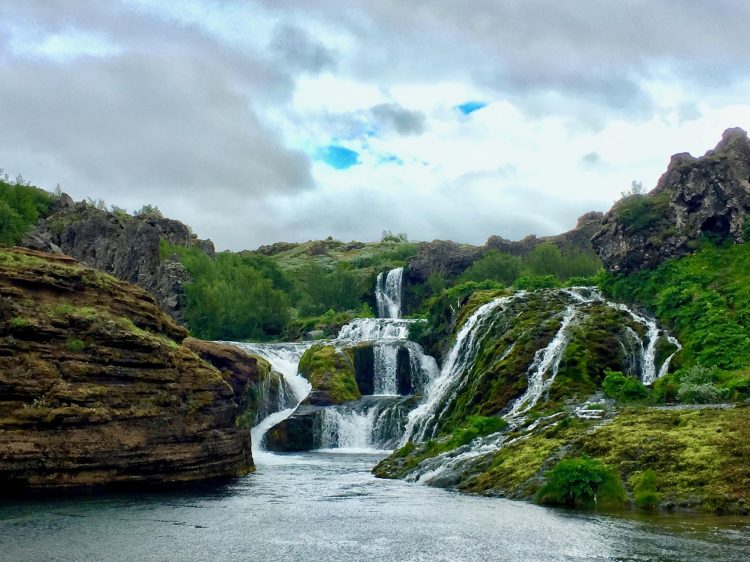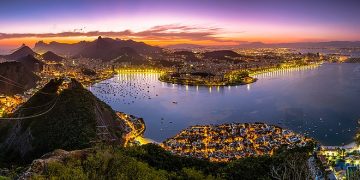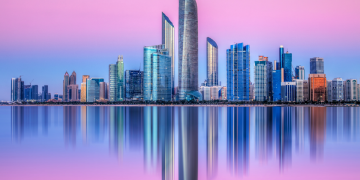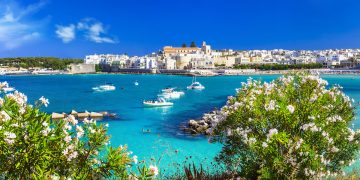The Shift from Spa to Stream
In 2025, a curious pattern has emerged in Iceland’s tourism scene: more travelers are skipping the iconic Blue Lagoon in favor of geothermal rivers hidden deep in the countryside. At the heart of this shift is Reykjadalur, a lush valley just 45 minutes from Reykjavík, where steamy hot rivers cut through green hillsides. Unlike the Blue Lagoon, with its ticketed time slots and luxury robes, Reykjadalur offers something more primal—a do-it-yourself hike, a wild soak, and the sensation of bathing in the earth’s pulse without a spa receptionist in sight. On TikTok, drone videos of naked hillsides blanketed in mist now rival the polished photos of milky-blue pools. The trend suggests a new traveler ethos in Iceland—less curated, more raw.
The Viral Allure of Reykjadalur and Beyond
Reykjadalur, meaning “Steam Valley,” has exploded in popularity thanks to user-generated content. A single viral reel showing a solo traveler descending through rolling fog, disrobing by a wooden platform, and easing into a steaming river surrounded by moss, has been shared hundreds of thousands of times. But Reykjadalur isn’t alone. Geothermal rivers near Hveragerði and lesser-known hot streams tucked into the highlands are getting their moment. They offer more than thermal warmth—they promise immersion in a cinematic wilderness untouched by corporate infrastructure. These rivers are free to access, involve a scenic hike, and—crucially—deliver the kind of authenticity today’s travelers crave. Iceland’s wilderness hasn’t changed, but what people want from it has.
Why the Blue Lagoon Is Losing Its Monopoly
For years, the Blue Lagoon was the face of Icelandic wellness tourism. Built atop a geothermal power plant’s runoff, it’s still visually stunning and offers consistent temperatures, silica masks, and cocktails delivered to the water’s edge. But by 2024, over-tourism, environmental concerns, and a rise in entrance fees sparked dissatisfaction among independent travelers. Long queues, reservation-only visits, and the sense of “pay-to-play” pushed many to reconsider. Add in Iceland’s volcanic activity temporarily closing the lagoon multiple times since 2023, and the alternative options started gaining traction. Reykjadalur, by contrast, feels like an open secret. There’s no gate, no lockers, no soundtracks—just your backpack, the wind, and the steam.
Eco-Conscious and Budget-Friendly Travel Meets Viral Aesthetics
Modern travel priorities have shifted. As carbon footprints become part of the trip-planning process, and “flight shame” reduces long-haul weekend trips, travelers want every leg of their journey to feel meaningful. Hiking to a wild thermal river feels earned. It demands physical effort, offers environmental immersion, and—unlike an industrial spa—has minimal infrastructure impact. The fact that it’s free doesn’t hurt either, especially in Iceland, one of Europe’s most expensive destinations.
But aesthetics matter too. Influencers now prioritize raw beauty over artificial enhancements. A wild pool wrapped in fog with geothermal vents puffing in the background makes for powerful content. Add a slow-motion drone shot and you’ve got a ready-made short film for Reels. The stripped-down beauty of thermal rivers aligns perfectly with the 2025 online visual language of rugged elegance and natural grace.
The Rise of DIY Wellness
Wellness travel no longer requires yoga retreats and five-star spas. In 2025, it’s about agency. Travelers want to build their own rituals. Wake at 5 a.m., hike a mountain, soak in hot water as the mist lifts—that’s meditation. For many, Reykjadalur’s geothermal stream provides exactly that. It’s quiet, grounded, connected to nature, and unmediated by commercial layers.
Some visitors now bring thermoses of herbal tea, others carry biodegradable bath kits to gently clean off after a dip, while a few even meditate riverside as geothermal vents gurgle. These micro-rituals turn the river from a destination into an experience. Social media is full of guides explaining how to pack, what time to arrive, and how to leave no trace. Travelers aren’t just escaping—they’re curating meaningful encounters with Iceland’s ancient geology.

Impacts on Tourism Infrastructure and Policy
Icelandic authorities are watching this shift with interest and concern. On one hand, the diversification of tourist destinations helps relieve pressure from places like the Blue Lagoon and the Golden Circle. On the other, the surge in wild bathing poses environmental and safety risks. In 2025, the hiking path to Reykjadalur has been reinforced with new signage, and park rangers have been quietly introduced to monitor behavior and prevent erosion. There are talks of soft regulation—perhaps parking fees or visitor caps—aimed at balancing freedom with sustainability.
Still, for now, the spirit remains free. It’s a delicate equilibrium: how to let people explore wild thermal rivers without taming their magic. Iceland seems committed to finding that balance.
Not Just Reykjadalur: Other Thermal Gems in Iceland
While Reykjadalur is the face of the movement, other spots are gaining fame. Landmannalaugar, in Iceland’s highlands, offers thermal bathing in surreal rainbow-colored terrain. The Reykjafjardarlaug pool, on the remote Westfjords coast, combines geothermal water with Atlantic views. Krossneslaug, perched almost in the sea, blends modern construction with wild vibes. These alternatives attract those who want a blend of off-grid remoteness with at least a bench or changing shelter.
Apps like Hot Pot Iceland and community-driven Google Maps lists are now being passed around like treasure maps. This decentralization of hot spring discovery has created a whole new subculture—one in which every hike is a quest, every valley a potential reward. Tour companies are catching on, offering “thermal treks” that replace coach tours with headlamps and waterproof gear.
What Travelers Say
Those who’ve made the switch speak passionately. “The Blue Lagoon felt like a luxury resort,” says Lauren, a solo traveler from Canada. “But Reykjadalur? That felt like I was in Iceland, not just visiting it.” Others note the quiet. “We hiked for 45 minutes and found a spot with no one around. Just me, my friend, and the steam,” writes Niko, a Finnish vlogger. Many reflect on the emotional impact—how unplugging, hiking, and soaking in nature resets their sense of time.
There’s also a growing sense of shared stewardship. “People helped each other carry trash out,” said a German traveler. “There was a communal vibe, like this river belongs to all of us.” This emerging ethic, echoing Iceland’s long-standing environmental awareness, may be what helps preserve these rivers as more people come.
A New Era of Icelandic Bathing
The Icelandic hot spring tradition stretches back to Viking times. What we’re seeing in 2025 is a modern evolution of that practice. The shift from structured spas to wild rivers isn’t about rejecting comfort—it’s about reclaiming connection. Travelers are craving stories over services, steam over spa menus.
As more guides, photographers, and wellness influencers turn their cameras away from ticketed lagoons and toward wild valleys, the narrative is shifting. Iceland’s most memorable bath might not come with a towel service—but it may come with mist on your eyelashes and a sheep bleating in the distance.





















